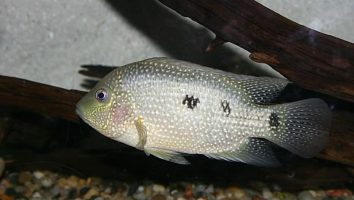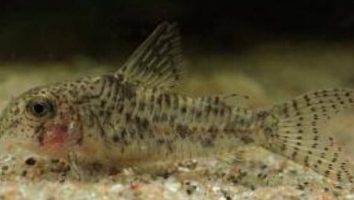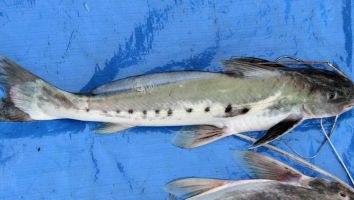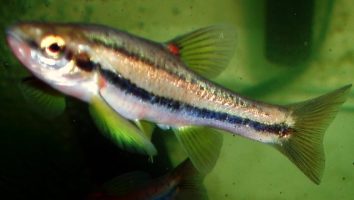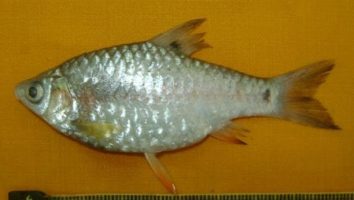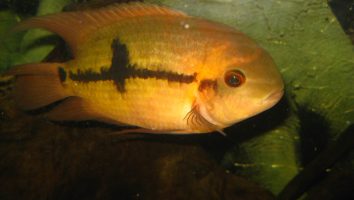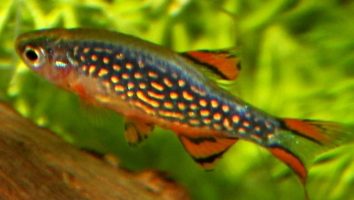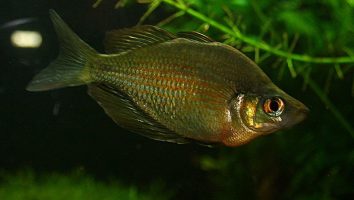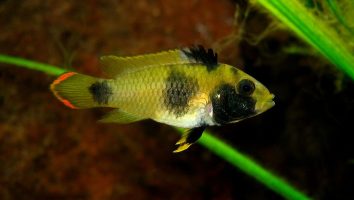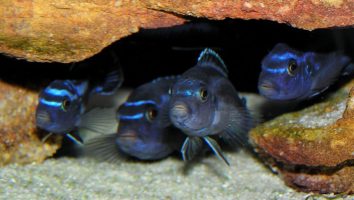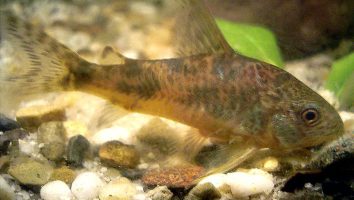The Odessa barb is a peaceful and hardy freshwater fish that is perfect for beginner aquarists.
This species is very easy to care for and can adapt to a wide range of water conditions. They are also very active fish that love to swim, so they need plenty of space to move around.
Odessa barbs are a great addition to any community tank and get along well with other peaceful fish. They are also one of the few fish that can tolerate brackish water conditions.
If you’re looking for a hardy and easy to care for fish, the Odessa barb is a great choice!
Table of contents
Species overview
The Odessa barb (Puntius Padamya) is a freshwater fish that is native to the island of Sri Lanka.
Although they can be found in other areas of the world, they are most heavily concentrated in Sri Lanka.
They prefer slow-moving waters with a lot of vegetation, and they are often found in rice paddies.
The Odessa barb is a peaceful fish that is good for beginners. They are compatible with a wide variety of tank mates and are not aggressive.
The main draw of the Odessa barb is its bright color. It is a silver fish with a black stripe down the middle. This makes it a very striking fish that is sure to stand out in any aquarium.
Appearance
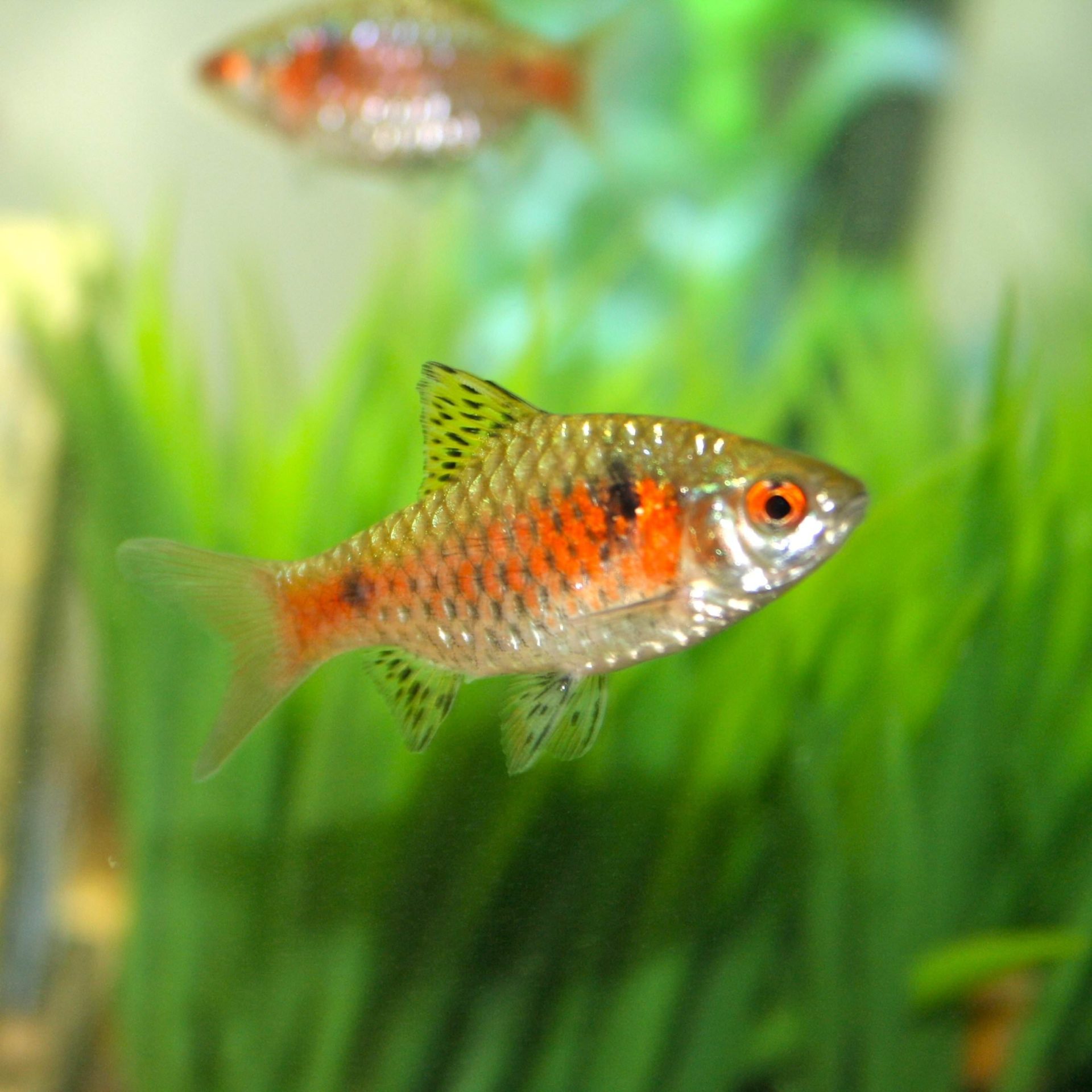
The Odessa barb is a very popular freshwater fish due to its unique coloration. The body of this fish is a deep green color that fades to a yellowish green on their belly. The green extends all the way to their fins with the exception of their caudal fin.
This fin is transparent with a green tint and has a black stripe running down the center. The fins on the Odessa barb are all fairly standard in terms of size and shape.
The dorsal fin is tall and starts about two-thirds of the way back on the body. The anal fin is shorter and starts closer to the middle of the fish. Both of these fins taper off towards the end.
The caudal fin is forked and the pectoral fins are relatively small.
One of the most striking features of this fish is the eyes. They have large eyes that are a bright golden color. This really stands out against their green bodies and makes them quite striking to look at.
Lifespan
The average lifespan of Odessa barbs is 4 to 8 years.
As with any other fish, there are a number of factors that impact their life expectancy.
For starters. if these fish haven’t reproduced then their lifespan will usually be on the higher side of this range. That process can really take a toll on the fish.
The general level of care they receive obviously matters a great deal as well. Even though these are very hardy fish, they’ll obviously live longer in optimal conditions.
Size
The Odessa barb is a relatively small fish, only growing to be about 4-5 inches in length.
Tank
Tank Size
The recommended tank size for Odessa barbs is at least 30 gallons. However, we recommend going up to a 50 or 75-gallon tank if you can. This will give them plenty of room to swim and also provide you with some flexibility when it comes to stocking the tank.
Water Parameters
Odessa barbs are a schooling fish that come from the fast-moving waters of the Black Sea in Eastern Europe. In the wild, they inhabit rivers with a high oxygen content and plenty of plant life.
The water parameters you need to maintain for Odessa barbs are:
- Water temperature: 64 to 72 degrees Fahrenheit
- pH levels: 6.8 to 7.2
- Water hardness: 8 to 12 dGH
- Alkalinity Levels: 4-8 dKH
What To Put In Their Tank
When it comes to setting up their tank, you need to remember that these fish like to live in fast-moving water. This means that you need to account for a lot of movement and space.
The first thing you need to do is set up a good filtration system. We recommend something that can move at least 10 times the volume of your tank per hour. This will help to keep the water quality high and give your fish the clean habitat they need to thrive.
You also need to make sure that there’s plenty of space for them to swim. We recommend a tank that’s at least 50 gallons for a single fish (and 100 gallons if you want to keep more than one).
The substrate in their tank can be anything that you want. Just make sure that it’s not too sharp since these fish like to root around a bit.
When it comes to decorations, you have a few options. Driftwood and rocks are always a good choice, but you can also include some plants if you want (just be prepared for them to be uprooted).
Common Diseases
The Odessa barb is a pretty hearty fish. They’re not immune to disease, but they’re definitely not as prone to sickness as some other freshwater fish.
The most common disease that affects this species is ich. This is a parasites that attacks the skin of your fish, causing them to develop white spots all over their body.
If you notice this happening, it’s important to act fast. Ich is highly contagious and can quickly spread to other fish in your tank.
The best way to treat ich is to raise the temperature of your tank. This will speed up the lifecycle of the parasite, causing it to die off before it can do too much damage.
Of course, you’ll also want to take steps to improve the water quality in your tank. This will help to prevent ich (and other diseases) from taking hold in the first place.
Behavior & Temperament
The Odessa barb is a schooling fish, so it does best when it’s kept in groups. In the wild, these fish live in large schools of hundreds or even thousands of individuals.
Although they’re not the most social fish, they do interact with each other from time to time. When they do, it’s usually in the form of mild aggression. The good news is that this aggression is directed towards fish of the same species. So, if you’re keeping Odessa barbs with other fish, there’s no need to worry about any fighting.
These fish are active swimmers and will spend most of their time cruising around the tank in search of food. They’re not shy about exploring their environment, so you’ll often see them venturing into new areas.
When it comes to temperament, Odessa barbs are relatively peaceful. They’re not aggressive towards other fish and will usually leave them alone. The only time you might see aggression is if they’re fighting for food or territory.
Tank Mates
The Odessa barb is a peaceful fish that can get along with most tank mates. These fish are schooling fish, so they do best when kept in groups of 6 or more.
They’re also not very big, so they can’t compete for food with larger fish.
That being said, there are a few things to consider when choosing tank mates for Odessa barbs.
First, these fish come from fast-moving waters. As a result, they prefer tanks with a strong water flow.
This isn’t a problem if you have a canister filter or powerhead, but it’s something to keep in mind.
Secondly, Odessa barbs are omnivores. They’ll eat just about anything, so you need to be careful about adding fish that are too small.
Other than that, there are tons of compatible tank mates for Odessa barbs. Some good options include:
- Tetras
- Rasboras
- Danios
- Corydoras
- Plecos
- Loaches
- Gouramis
- Betta Fish
Breeding
The Odessa barb is a relatively easy fish to breed in captivity. These fish are known for being good parents and will take care of their young until they’re ready to fend for themselves.
The first step is to set up a breeding tank. It should hold at least 30 gallons of water and have a few hiding places. These fish like to have plenty of plants, so make sure to add some live plants to the tank.
The next step is to sex the fish. Males have a more streamlined body shape, while females are more rounded. Males also have longer fins.
Once you’ve identified the males and females, it’s time to add them to the breeding tank. Add two females for every male.
The spawning process will begin when the water temperature reaches 68 degrees Fahrenheit. The female will lay her eggs in a plant or on a piece of driftwood. The male will then fertilize them.
The eggs will hatch in about four days. The fry will be very small, so you’ll need to feed them live foods. Baby brine shrimp or micro worms are a good option.
As the fry grow, you can start to add other foods to their diet. They’ll eventually be able to eat flake food or pellets.
Conclusion
The Odessa Barb is a great fish for beginners and experienced fishkeepers alike. They’re easy to care for and can be a great addition to any community tank.
Their unique coloration and active nature make them a joy to watch, and they’re not afraid to show their personality.
We hope this guide has been helpful in your search for the perfect fish. If you have any questions or comments, please reach out to us on social media or directly through our website. We’d love to hear from you!

